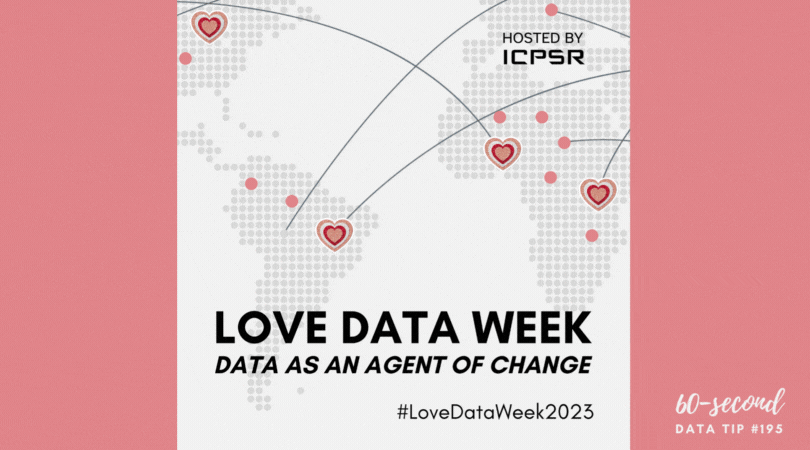When clients ask me for a better way to show their data, it often becomes clear that they want something other than a bar chart. They hope that I will offer them some cool-looking chart that will captivate their stakeholders. There are, indeed, many interesting charts out there such as the ones pictured here.
Sources: APT: Voices For Human Dignity (1984-2024) | #VFSG | #VOTD by Arshi Saleh, Violin Chart Demo by Chinmay Jain, Parallel Coordinates Radar Chart by Andy Kriebel
But I always encourage my clients to consider how long it will take folks to learn how to read the chart using instructions and legends, then grasp the data in the chart, and finally remember what they saw. Unless the chart type is familiar or highly intuitive, it’s probably not worth it. Instead, I encourage them to focus on well-designed, visually-engaging charts that are also intuitive or familiar. Here are some 60-second data tips that can help:
How to hack a bar chart: I offer up eight bar chart hacks that make this trusty yet (sometimes) boring chart more interesting. See links below.
Data viz makeovers. Here are 10 art rules that elevate any data viz.
Chart types. To explore different chart types and what they are each good for, check out tips under “Chart Types” on the index/search page on the website.
I recently watched “Charts That Confuse Us” from a great series called “Chart Chat.” You might want to check that out too.
Bar Chart Hacks
Bar Chart Hack #1: The Divergent Stacked Bar Chart
Bar Chart Hack #2: The Icon Bar Chart
Bar Chart Hack #3: The Combo Chart
Bar Chart Hack #4: Radial Charts
Bar Chart Hack #5: Fine Tuning
Bar Chart Hack #6: The Funnel Chart
Let’s talk about YOUR data!
Got the feeling that you and your colleagues would use your data more effectively if you could see it better? Data Viz for Nonprofits (DVN) can help you get the ball rolling with an interactive data dashboard and beautiful charts, maps, and graphs for your next presentation, report, proposal, or webpage. Through a short-term consultation, we can help you to clarify the questions you want to answer and goals you want to track. DVN then visualizes your data to address those questions and track those goals.
























